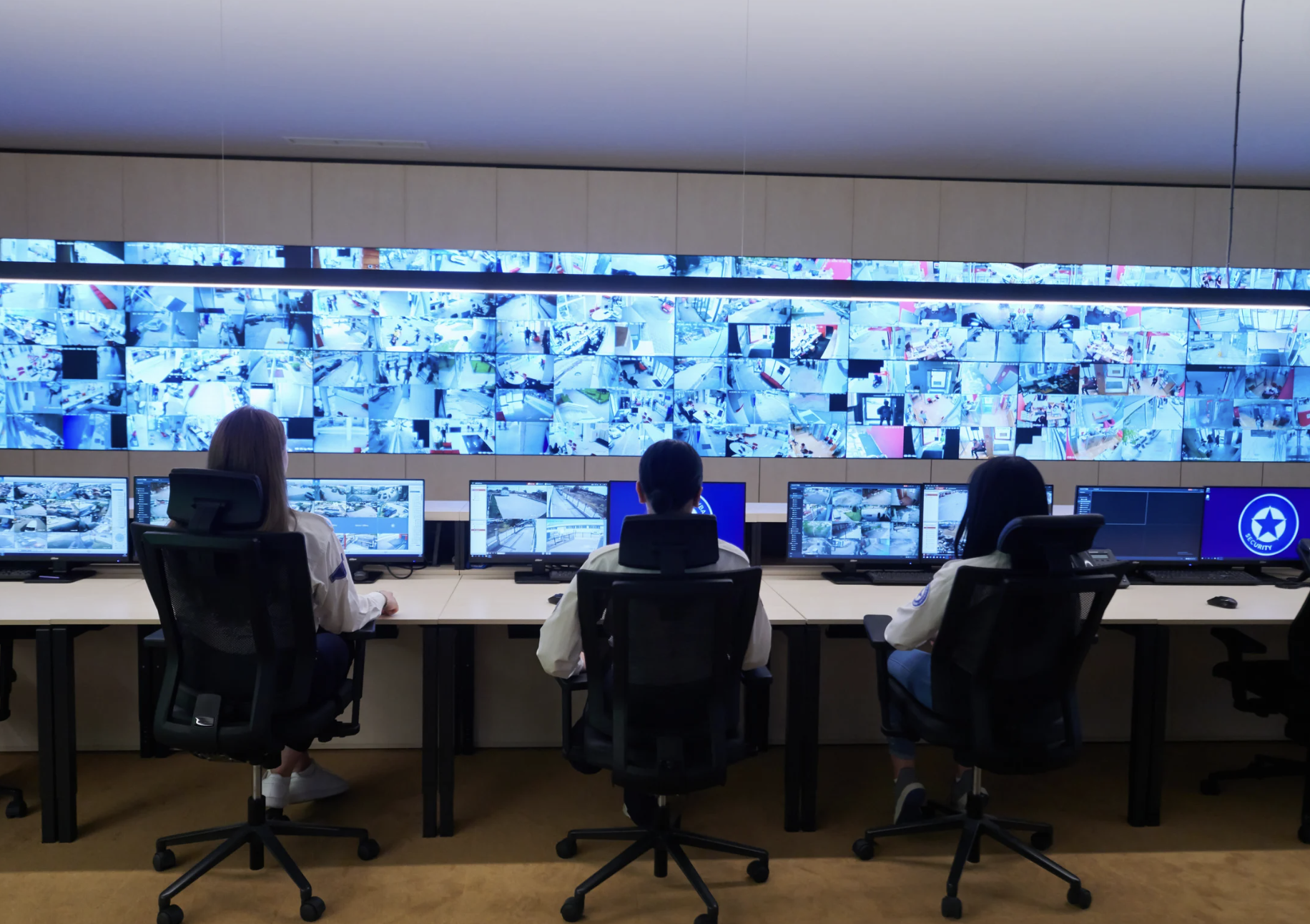As experts in security technology, we repeatedly find that false alarms and monitoring gaps are the Achilles heel of modern security systems. These problems are significant and often overlooked, resulting in real threats remaining hidden in the shadows of perceived security.
The challenges often start with false alarms triggered by innocuous movements, such as a curtain flapping in the wind, or by incorrectly programmed systems. Such alarms not only tie up valuable resources, but also lead to so-called ‘alarm fatigue’. This means that genuine danger signals may no longer be treated with the necessary urgency because those responsible are less attentive due to the frequency of false alarms.
Another significant risk is posed by gaps in surveillance. These are areas that are not covered by the camera systems or are insufficiently analysed. These blind spots allow unauthorised activities to go unnoticed, undermining the security of the entire system. To address these issues effectively, we recommend a holistic approach.
Holistic approach to security vulnerabilities
- Intelligent analysis:
The use of advanced image analysis with artificial intelligence can help to distinguish real threats from harmless events and thus minimise false alarms. By utilising algorithms that are constantly evolving, we can significantly increase the accuracy of threat detection. - Comprehensive coverage:
Strategic placement of cameras is critical. By utilising controllable dome cameras, we can close surveillance gaps and ensure complete coverage. These cameras offer flexibility and enable comprehensive surveillance even in complex environments. - Regular reviews:
Continuous evaluation and adjustment of surveillance systems is essential to identify and address weaknesses. Regular maintenance and testing of the systems helps to maintain effectiveness and respond to new threats. - Combination of different detection systems:
Integrating video surveillance with other technologies such as LiDAR sensors or radar can increase the overall effectiveness of security systems. This combination allows for more accurate detection of movement and increases the likelihood of detecting threats early.
It is essential to address these critical aspects in order to maximise the effectiveness of our security systems and ensure real security. By taking these challenges seriously and taking proactive measures, we can not only improve security, but also strengthen confidence in our protection mechanisms.





